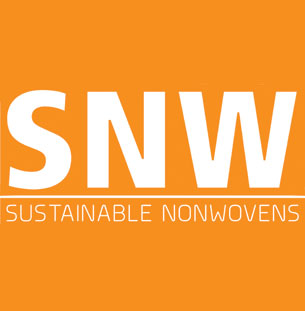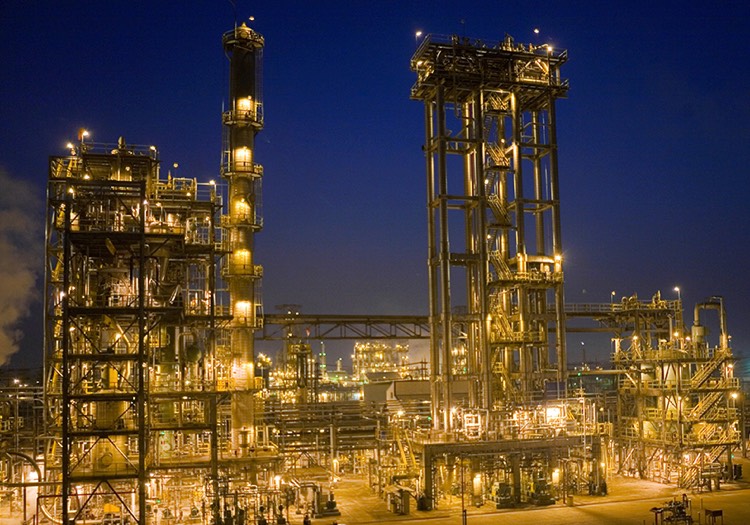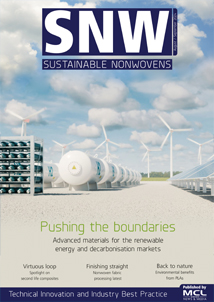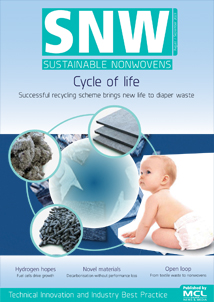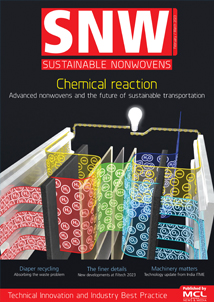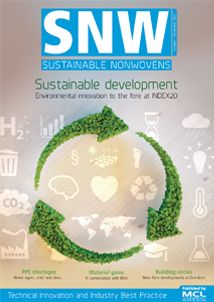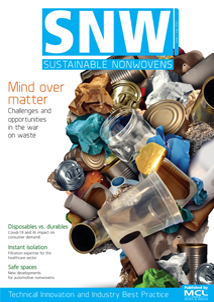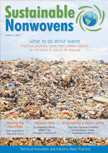IRVING – ExxonMobil, one of the largest publicly-traded international energy and petrochemical companies and a major supplier of polyolefin resins to the nonwovens industry, has announced that it will commit $17 billion in investments aimed at emission reductions in its new five-year plan to 2027.
This, however, constitutes only a relatively modest portion of the $100-150 billion the Texas corporation plans to make in capital expenditures over the same five-year period.
The plan is expected to double earnings and cash flow potential by 2027 compared to 2019 and supports the company’s strategic priorities, which include leading the industry in shareholder returns, earnings and cash flow growth as well as cost and capital efficiency – while also achieving reductions in greenhouse gas emissions intensity.
“Our five-year plan is expected to drive leading business outcomes and is a continuation of the path that has delivered industry-leading results in 2022,” said Darren Woods, chairman and chief executive officer. “We view our success as an ‘and’ equation, one in which we can produce the energy and products society needs – and – be a leader in reducing greenhouse gas emissions from our own operations and also those from other companies. The corporate plan reflects that view, and the results we’ve seen to date demonstrate that we’re on the right course.”
Investments in 2023 are expected to be in the range of $23 billion to $25 billion to help increase supply to meet global demand. The company also remains on track to deliver a total of approximately $9 billion in structural cost reductions by year-end 2023 compared to 2019.
Upstream earnings potential is expected to double by 2027 compared to 2019, resulting from investments in high-return, low-cost-of-supply projects. More than 70% of capital investments will be deployed in strategic developments in the US Permian Basin, Guyana, Brazil, and LNG (liquefied natural gas) projects around the world. By 2027, Upstream production is expected to grow by 500,000 oil-equivalent barrels per day to 4.2 million oil-equivalent barrels per day with more than 50% of the total to come from these key growth areas. Approximately 90% of Upstream investments that bring on new oil and flowing gas production are expected to have returns greater than 10% at prices less than or equal to $35 per barrel, while also reducing Upstream operated greenhouse gas emissions intensity by 40-50% through 2030, compared to 2016 levels.
“We’re aggressively working to reduce greenhouse gas emissions from our operations, and our 2030 emission-reduction plans are on track to achieve a 40-50% reduction in upstream greenhouse gas intensity, compared to 2016 levels,” said Woods. “We will continue to advocate for clear and consistent government policies that accelerate progress to a lower-emissions future. At the same time, we’ll continue to work to provide solutions that can help customers in other industries reduce their greenhouse gas emissions, especially in higher-emitting sectors of the economy like manufacturing, transportation and power generation.”
